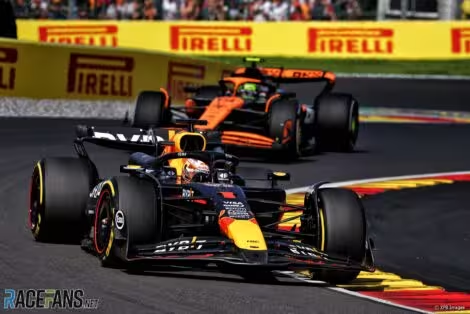Despite the major North American professional sports leagues generating many billions of dollars in revenue every season, it’s surprising how parity and equality between teams is a fundamental concept compared to many of their European counterparts.
From player drafts that offer the worst performing teams the first choice at signing the most promising young talent to salary caps intended to stop teams hoarding the best players simply by having the biggest budgets, sporting parity is a cornerstone of these leagues. Meaning that when teams achieve repeated success over a sustained period of time, it’s because they are truly the best of the best.
For most of its existence, however, Formula 1 has been anything but equal. Not only do the cars themselves vary widely in performance from team to team, but the budgets, factories, resources, prize money and political power of each team have traditionally been worlds apart between the front and rear of the F1 field.
But in the Liberty Media era, the sport has undergone a drastic fundamental change. Since 2021, all ten teams have been restricted by a budget cap that limits their total expenditure across all racing and development activities – with some exemptions. However, as well as restricting teams’ spending, another crucial new element has been the introduction of aerodynamic testing restrictions (ATR).
Like the NFL draft, ATR is a parity measure that applies to teams based on their performance in the championship. Each of the ten teams receives a different allowance for the volume of wind tunnel testing time and computational fluid dynamics (CFD) simulations they can run depending on their position in the championship.
Advert | Become a RaceFans supporter and
While the team sitting in seventh place in the standings gets the base level of testing time, the team sitting in last place get 15% additional testing time to help them try and catch up to the field ahead. Meanwhile, the world champions and the team at the top of the constructors’ championship standings have to make do with only 70% of the base level of testing time – a significant reduction.
The idea was to provide more opportunities for those further down the order to work their way into more competitive positions. Four seasons into ATR being active, the 2024 season is the most competitive for many years with four teams and seven separate drivers having won a grand prix over the…
Click Here to Read the Full Original Article at RaceFans…

